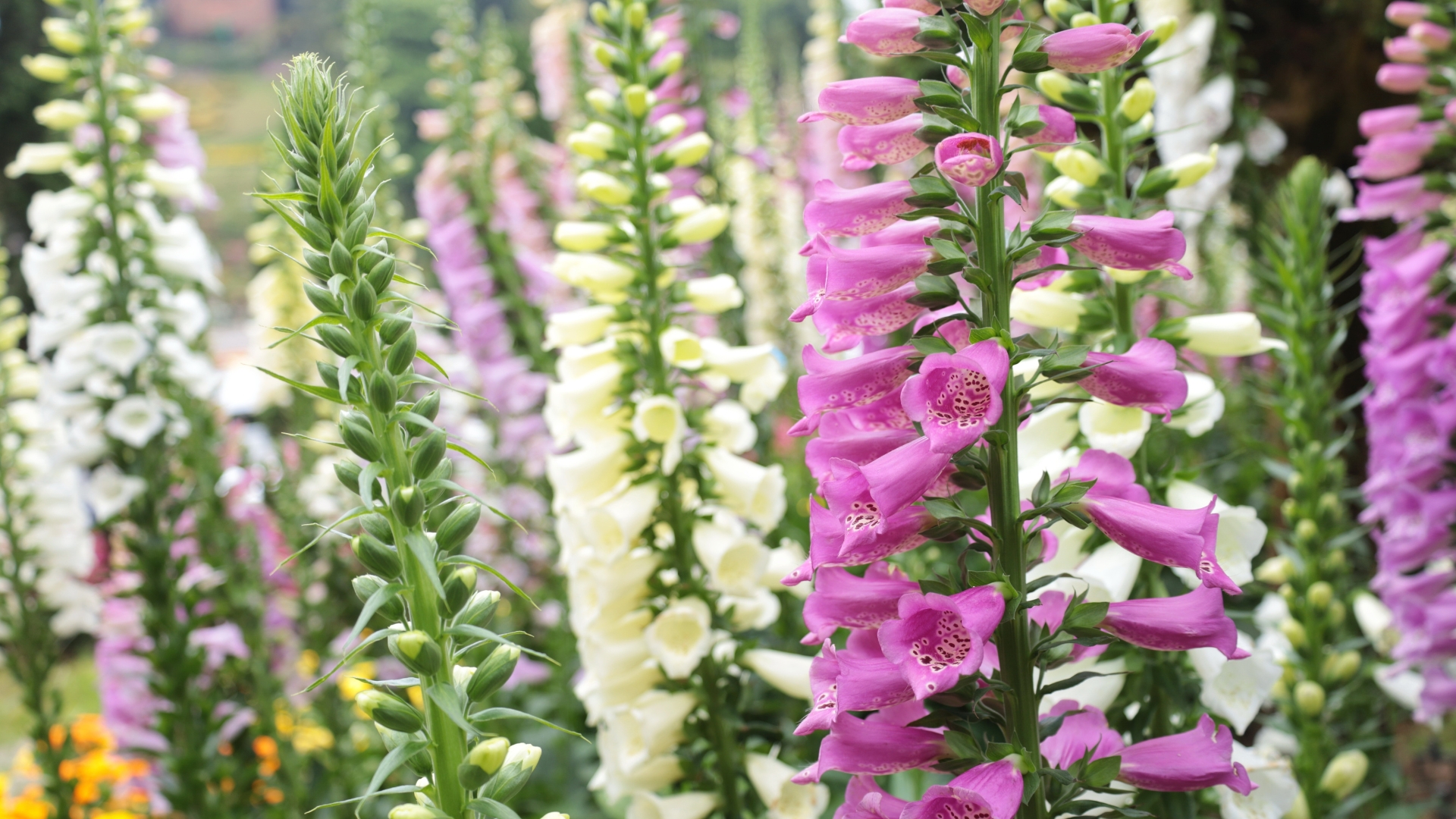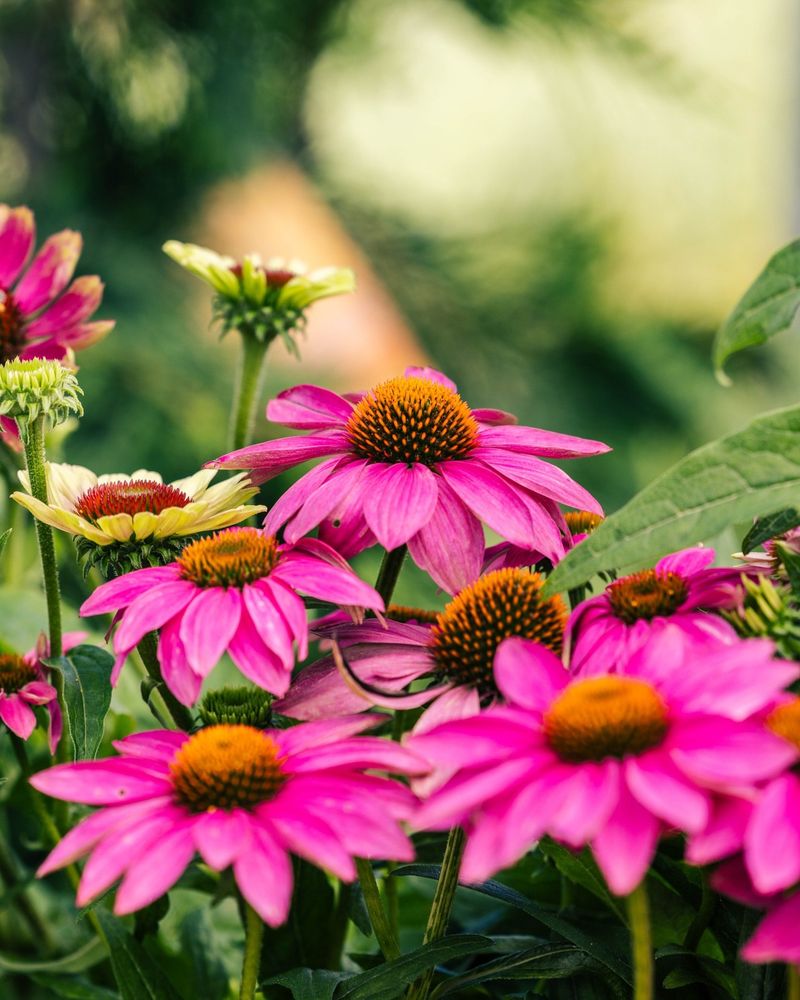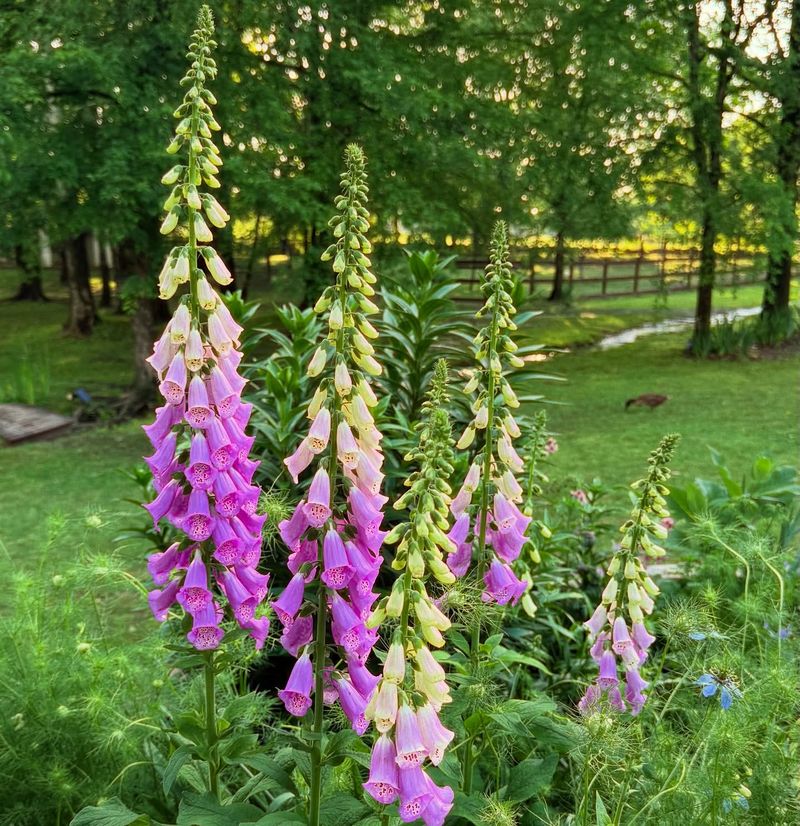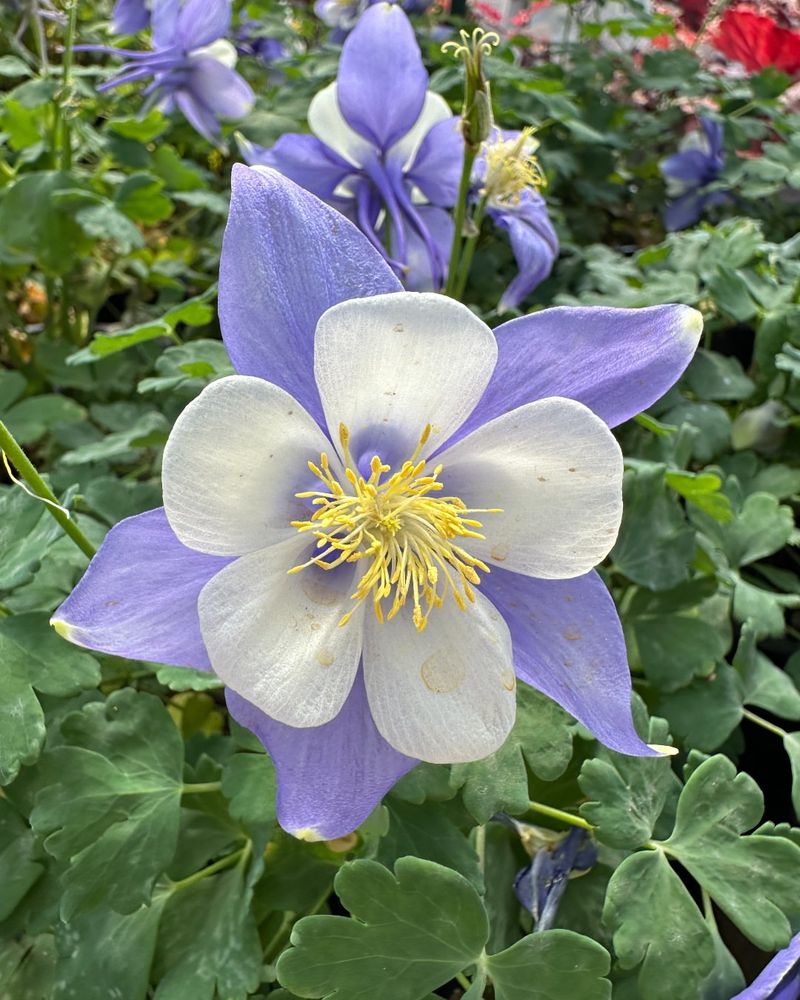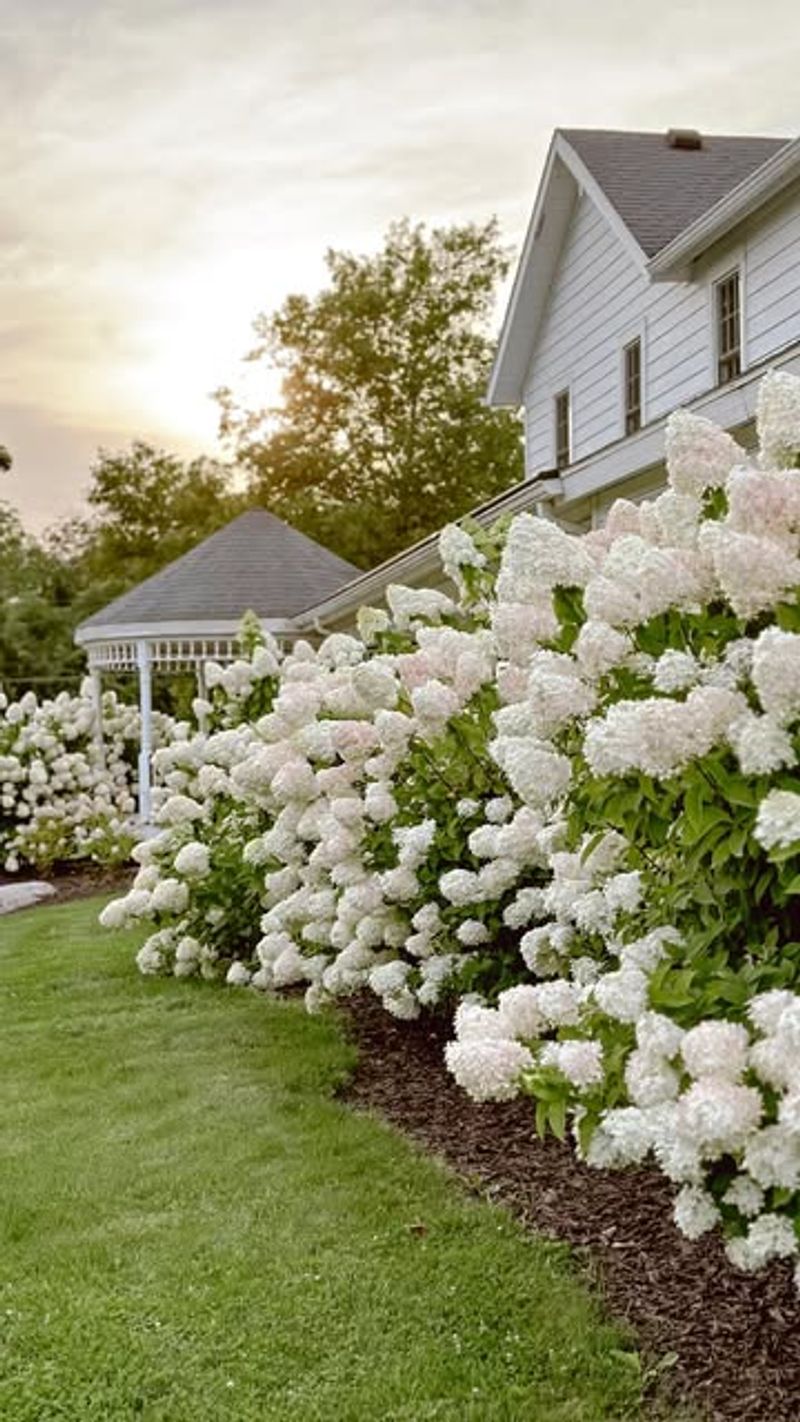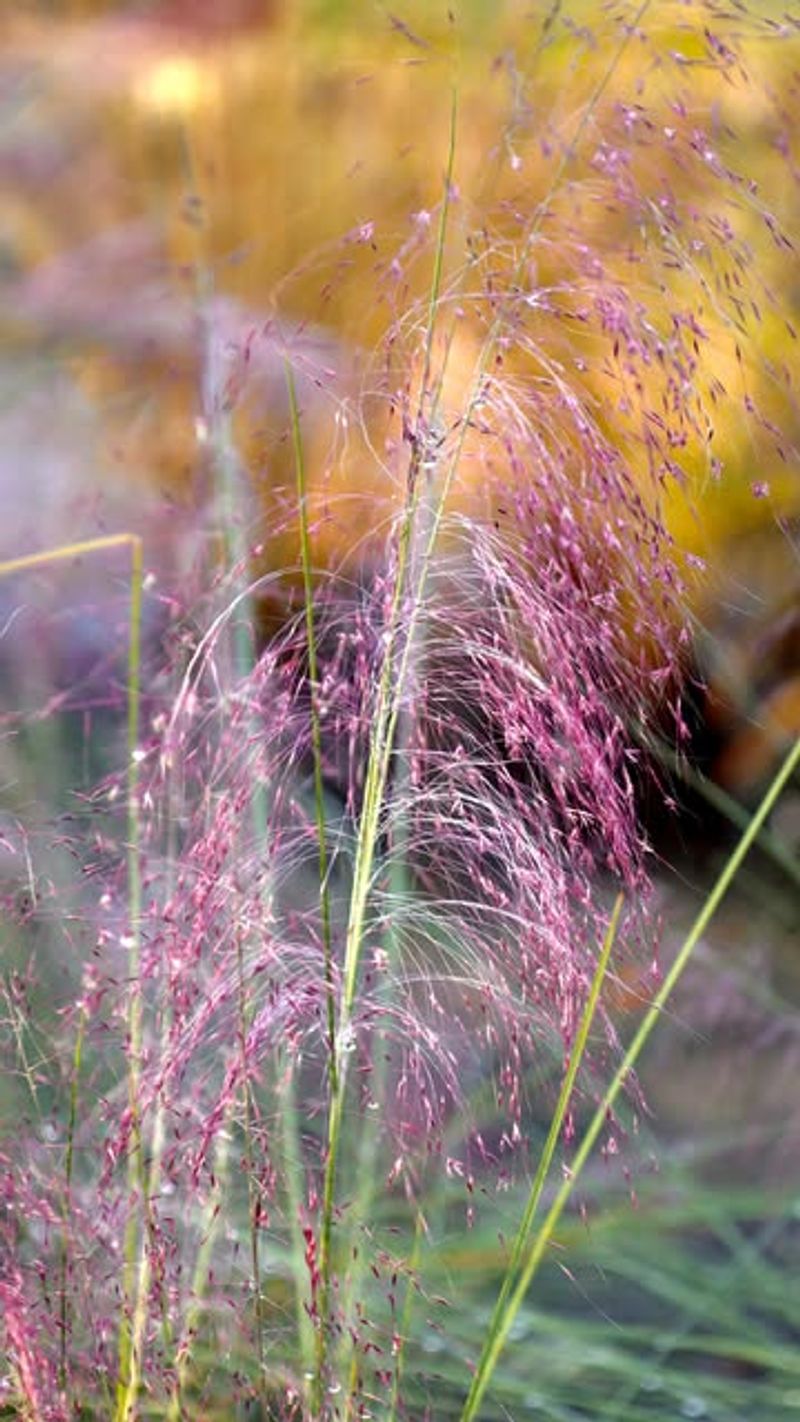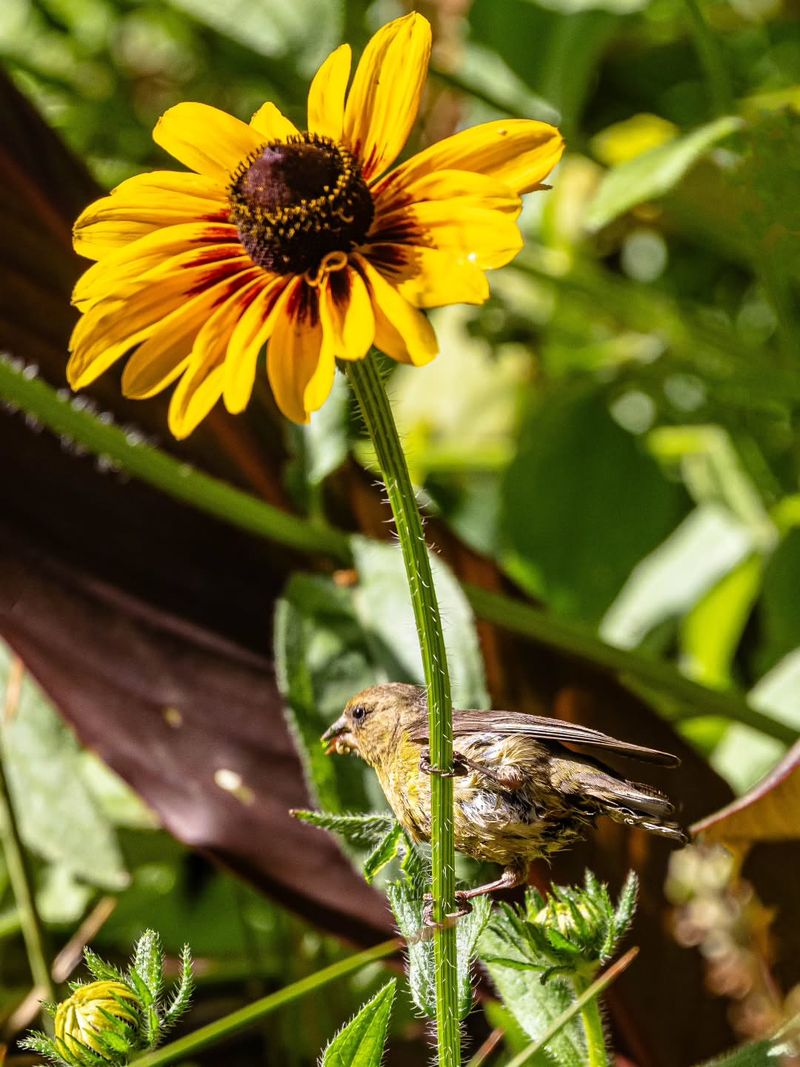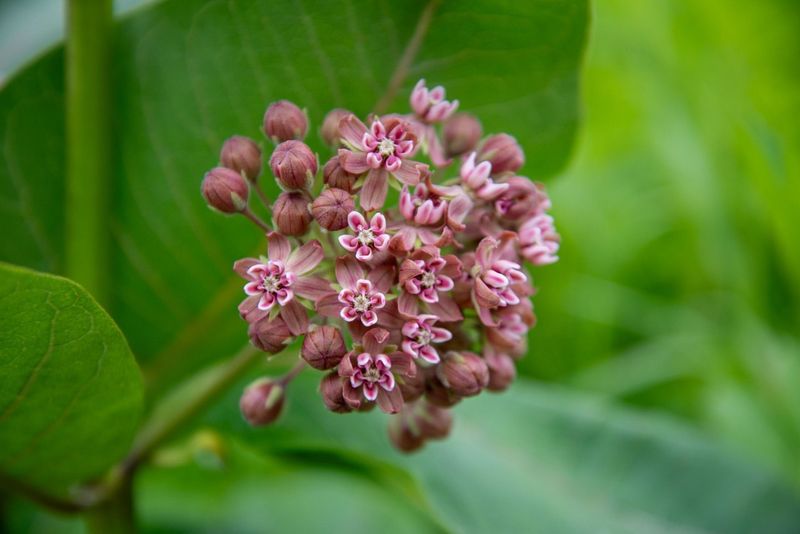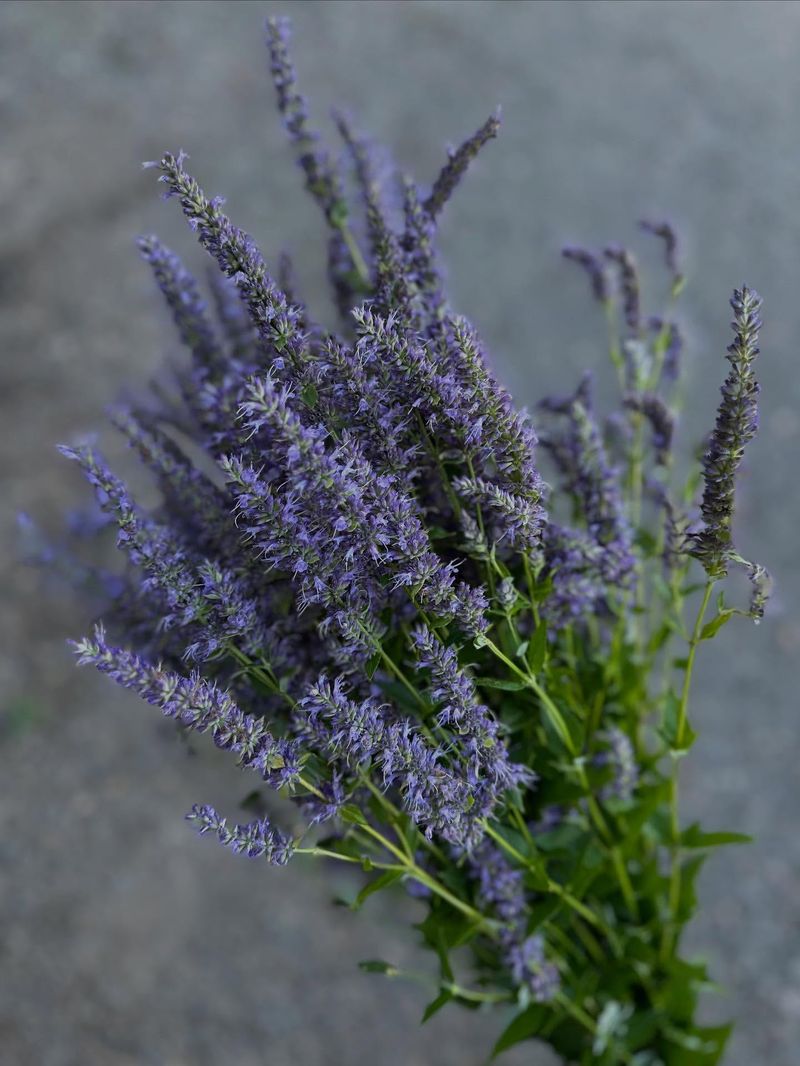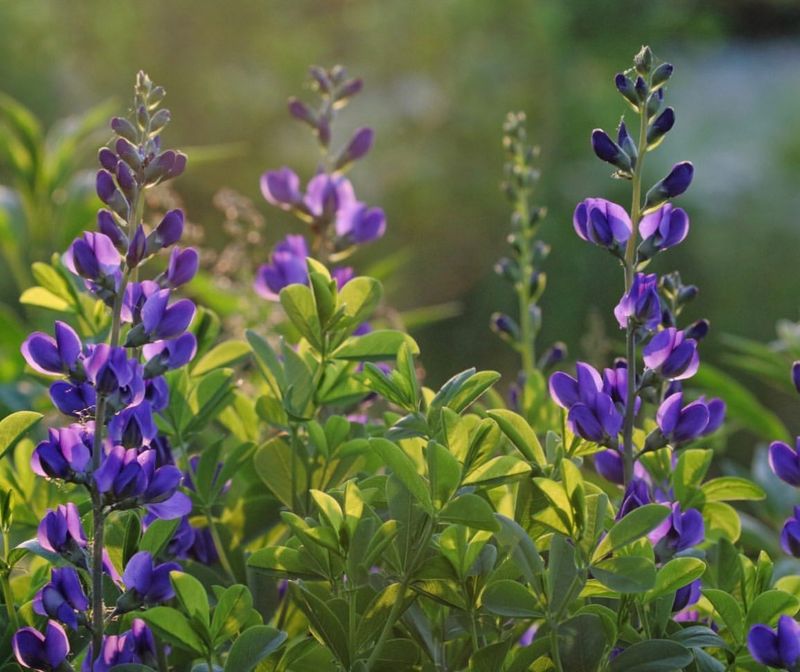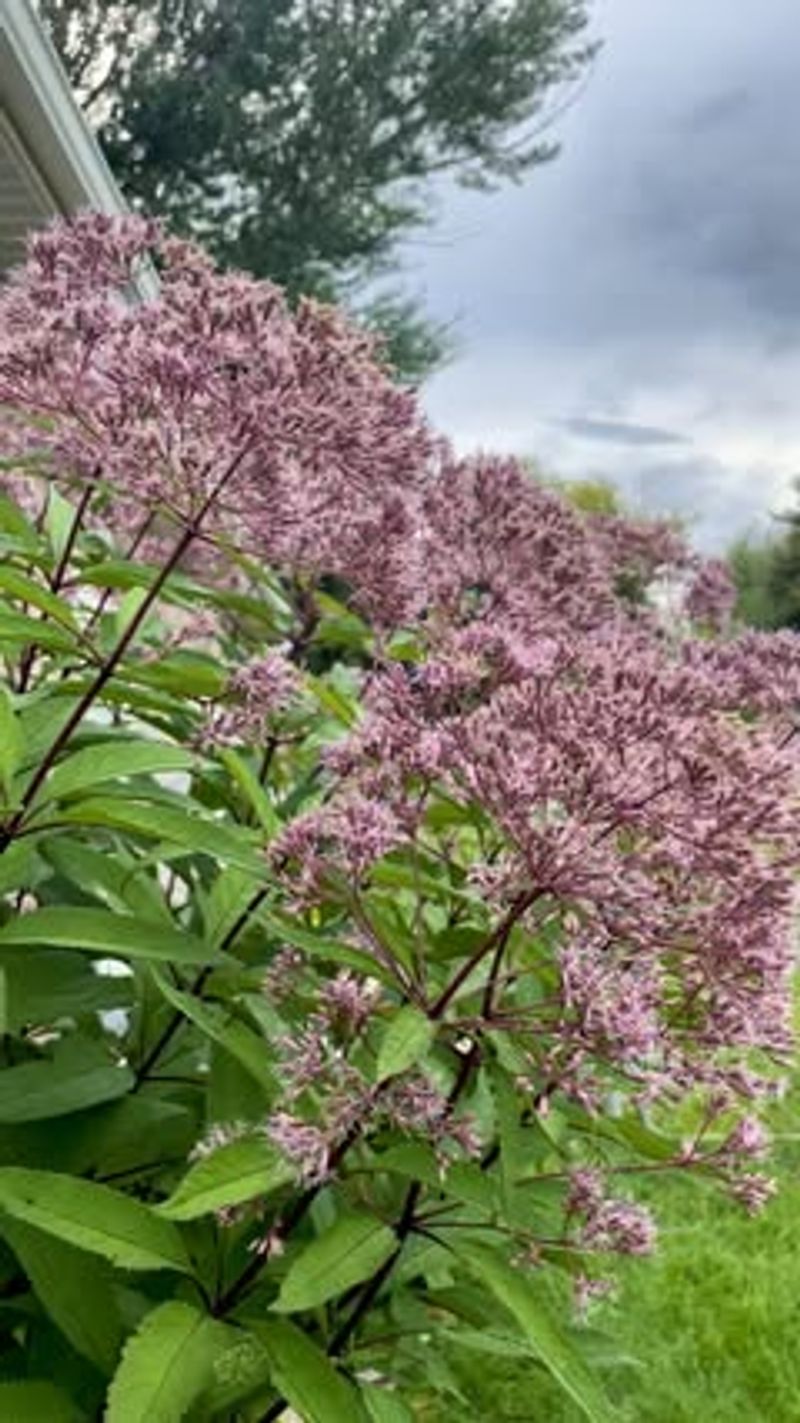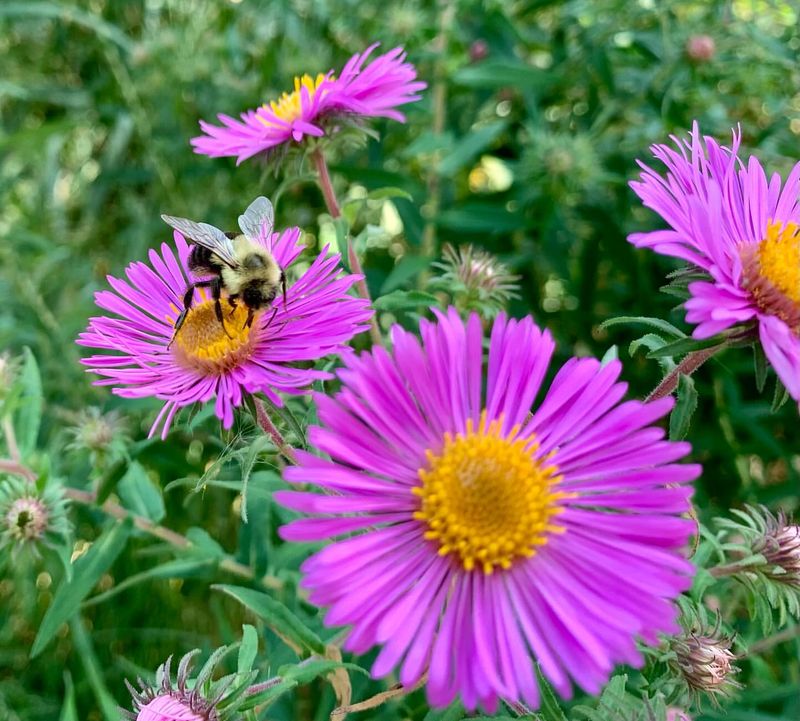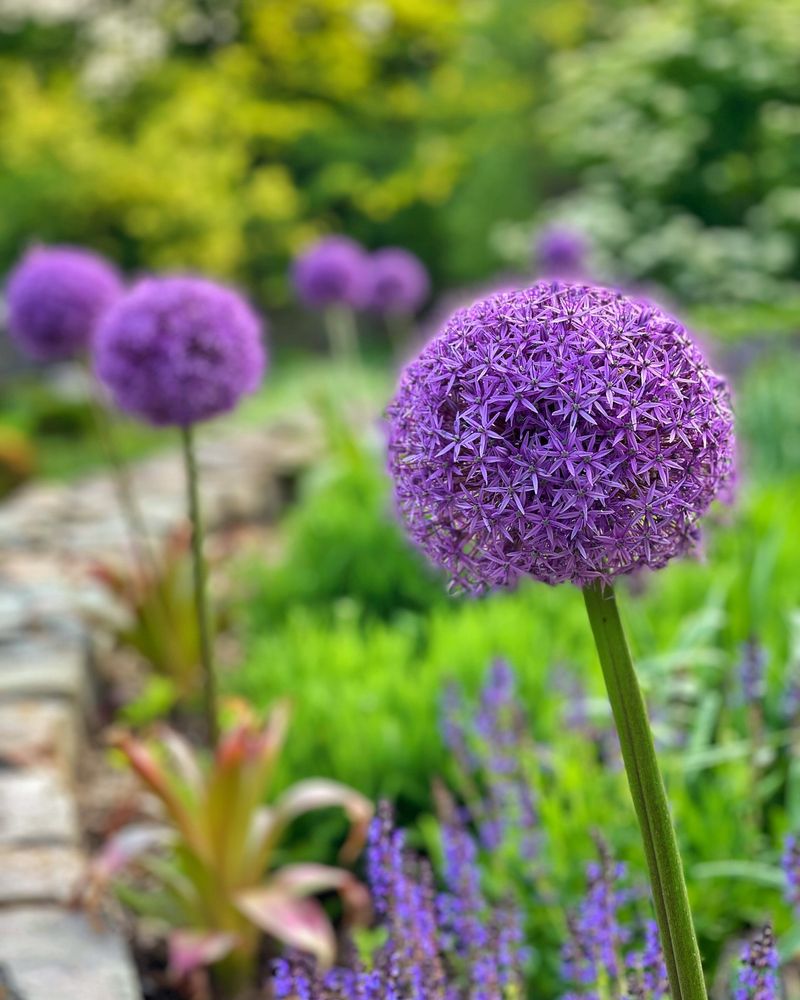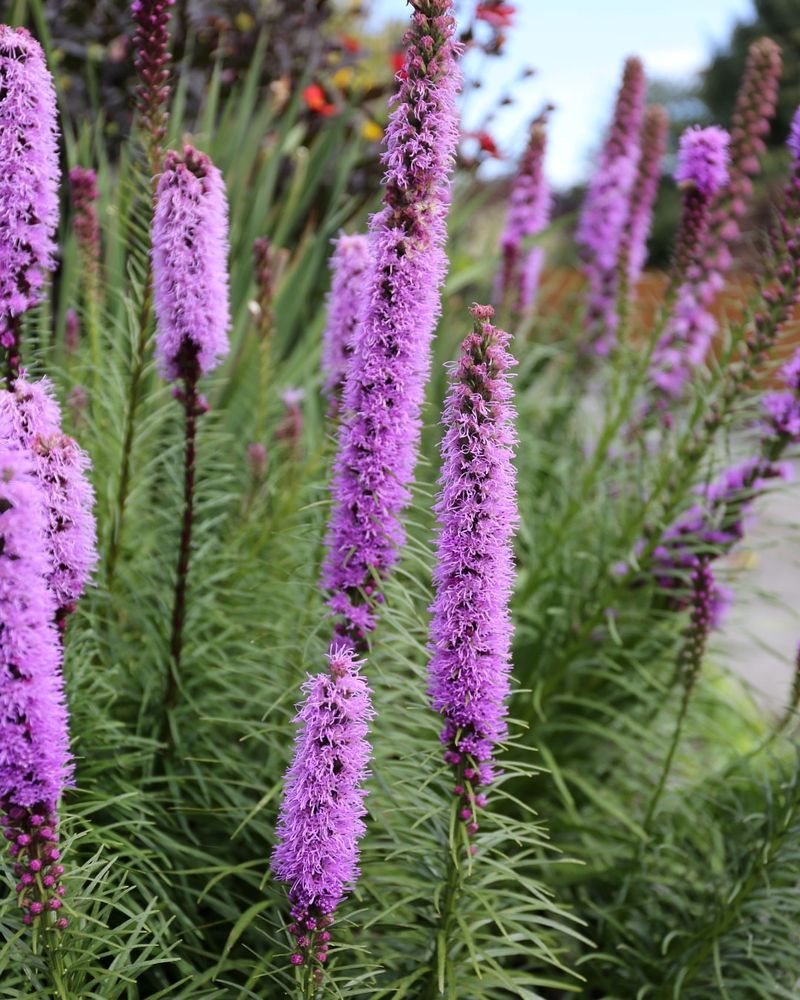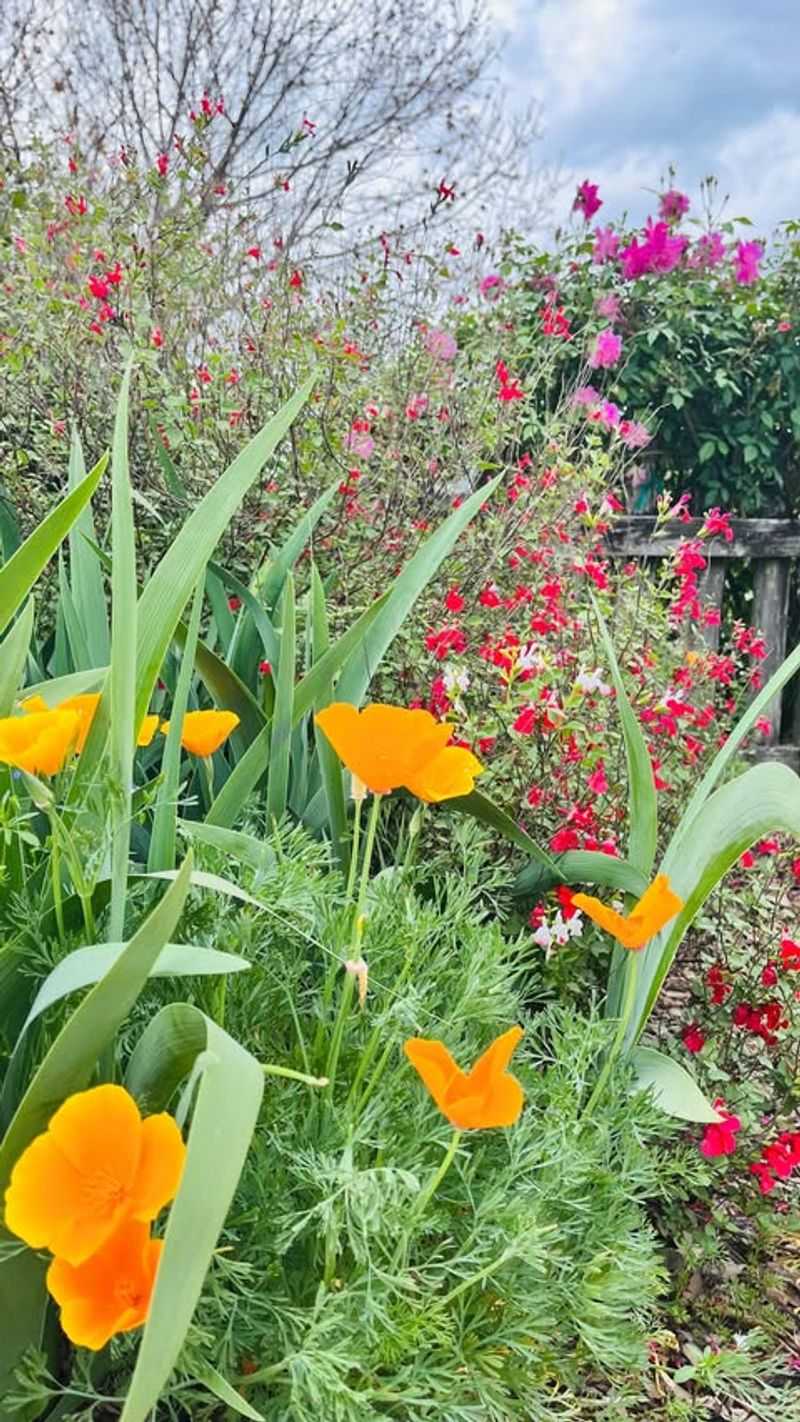Deadheading usually helps flowers keep blooming, but in Georgia gardens, some blooms are better left alone. I’ve learned the hard way that snipping the wrong ones can mean missing out on fall color, seeds for birds, or even next year’s flowers.
These blooms pull double duty—looking good and supporting local wildlife or reseeding naturally. It’s tempting to tidy up, but sometimes nature knows best.
Let’s take a look at which flowers deserve to stay just the way they are!
1. Coneflowers
Leave those spent blooms alone! In Georgia’s warm climate, coneflower seed heads provide essential food for goldfinches and other birds throughout fall and winter.
The dried centers also create interesting textural elements in your garden during colder months when other plants have faded. Self-seeding naturally means free plants next season!
2. Foxgloves
Many Georgia gardeners miss out on foxglove’s biennial magic by cutting back too soon. These bell-shaped beauties need to drop their seeds to return next year.
The tall, architectural seed pods add vertical interest to borders even after flowering. Letting them self-seed creates a sustainable colony that adapts perfectly to your specific Georgia microclimate.
3. Columbine
After those delicate dancing blooms fade in Georgia gardens, the seed pods develop into fascinating structures that eventually split open. The tiny black seeds scatter themselves exactly where they’ll thrive.
Columbines naturalize beautifully in dappled shade areas common under Georgia’s majestic trees. Allow these charming plants to choose their own spots for a woodland garden that evolves yearly.
4. Hydrangeas
Georgia’s state flower deserves special treatment! Those faded blue, pink or white blooms transform into vintage-looking dried flowers perfect for indoor arrangements.
Leaving hydrangea blooms intact also provides crucial winter protection for next year’s buds. Throughout Georgia’s sometimes unpredictable winters, these papery flowers shield developing growth from unexpected frosts and temperature swings.
5. Sedum
Fall-blooming sedums bring crucial late-season nectar to Georgia’s butterflies and bees. The russet flower heads continue supporting wildlife even after they’ve dried.
Through Georgia’s mild winters, sedum’s structural seed heads add height and interest to otherwise dormant garden beds. Their frost-dusted silhouettes create magical winter scenes while protecting the crown of the plant.
6. Ornamental Grasses
Georgia’s extended growing season allows ornamental grasses to develop stunning plumes that catch golden hour light. These graceful seed heads dance in autumn breezes, adding movement to the garden.
The hollow stems provide winter shelter for beneficial insects in Georgia’s ecosystem. Leaving them standing until early spring supports wildlife while creating dramatic winter silhouettes against frosty mornings.
7. Black-Eyed Susans
The iconic dark centers of these Georgia garden favorites transform into seed-filled cones that feed songbirds throughout fall. Goldfinches particularly love clinging to the stems to extract seeds.
Allowing natural reseeding creates drifts of these sunny blooms that have adapted to your specific Georgia soil conditions. Their volunteer seedlings often prove more resilient than nursery plants.
8. Milkweed
Monarch butterflies depend on milkweed throughout Georgia for their lifecycle. The fascinating seed pods that develop after flowering eventually burst open, releasing silky-tufted seeds on the wind.
Leaving these pods intact helps spread this essential plant across Georgia’s landscapes. The architectural quality of the dried pods also creates winter interest in native gardens.
9. Anise Hyssop
The spiky purple flowers beloved by Georgia’s pollinators transform into seed heads that finches and chickadees visit repeatedly. Their upright nature provides winter-long feeding stations.
As an added bonus for Georgia gardeners, allowing these native plants to self-seed creates drought-tolerant colonies that need minimal care. The aromatic foliage persists well into fall, extending seasonal interest.
10. Clematis
After those spectacular blooms fade, clematis develops silvery, feathery seed heads that catch Georgia’s golden autumn light beautifully. These delicate structures add months of additional interest.
Many Georgia gardeners prize these “second blooms” as much as the flowers themselves. The swirling, ethereal seed heads create magical garden moments and can even be harvested for dried arrangements.
11. Baptisia
Georgia’s hot summers help baptisia develop dramatic black seed pods that rattle delightfully in the breeze. These structural elements persist through winter, creating garden percussion.
The pods turn from green to nearly black, offering striking contrast against Georgia’s occasional winter snows. Their architectural quality makes them valuable additions to dried arrangements and winter bouquets.
12. Joe Pye Weed
The fluffy seed heads of this native Georgia giant provide crucial winter food for small birds. The strong stems hold seeds high above winter snow, ensuring accessibility.
Through Georgia’s mild winters, these architectural plants maintain their presence in the landscape. Their height creates important vertical elements when many other perennials have collapsed.
13. Asters
Georgia’s native asters develop puffy seed heads that disperse on autumn winds, establishing new colonies in suitable spots. These late-blooming plants extend the season for pollinators.
The dried flower heads provide winter-long food sources for birds throughout Georgia’s mild winters. Their tendency to self-seed means you’ll discover delightful new patches in unexpected garden corners each spring.
14. Alliums
The architectural seed heads of ornamental onions provide months of structural interest in Georgia gardens. Their spherical shapes persist long after the purple flowers fade.
Many Georgia gardeners spray-paint these dried globes for holiday decorations. Left natural, they develop a translucent quality that captures morning dew and frost, creating ephemeral garden magic throughout winter.
15. Liatris
Georgia’s blazing star develops fuzzy seed heads that goldfinches and chickadees visit repeatedly through fall. The vertical spikes maintain structural interest even after seeds are harvested.
These native plants have deep taproots that help them weather Georgia’s occasional droughts. Allowing natural reseeding creates colonies that become increasingly drought-tolerant and adapted to your specific garden conditions.
16. Poppies
The decorative seed pods of poppies have been prized for centuries, and Georgia gardens are perfect for showcasing these botanical sculptures. The pepper-shaker pods release tiny seeds when shaken by wind.
In Georgia’s climate, allowing poppies to self-seed creates naturalized drifts that return reliably each spring. Their ability to find perfect growing spots often surprises gardeners with unexpected garden vignettes.

